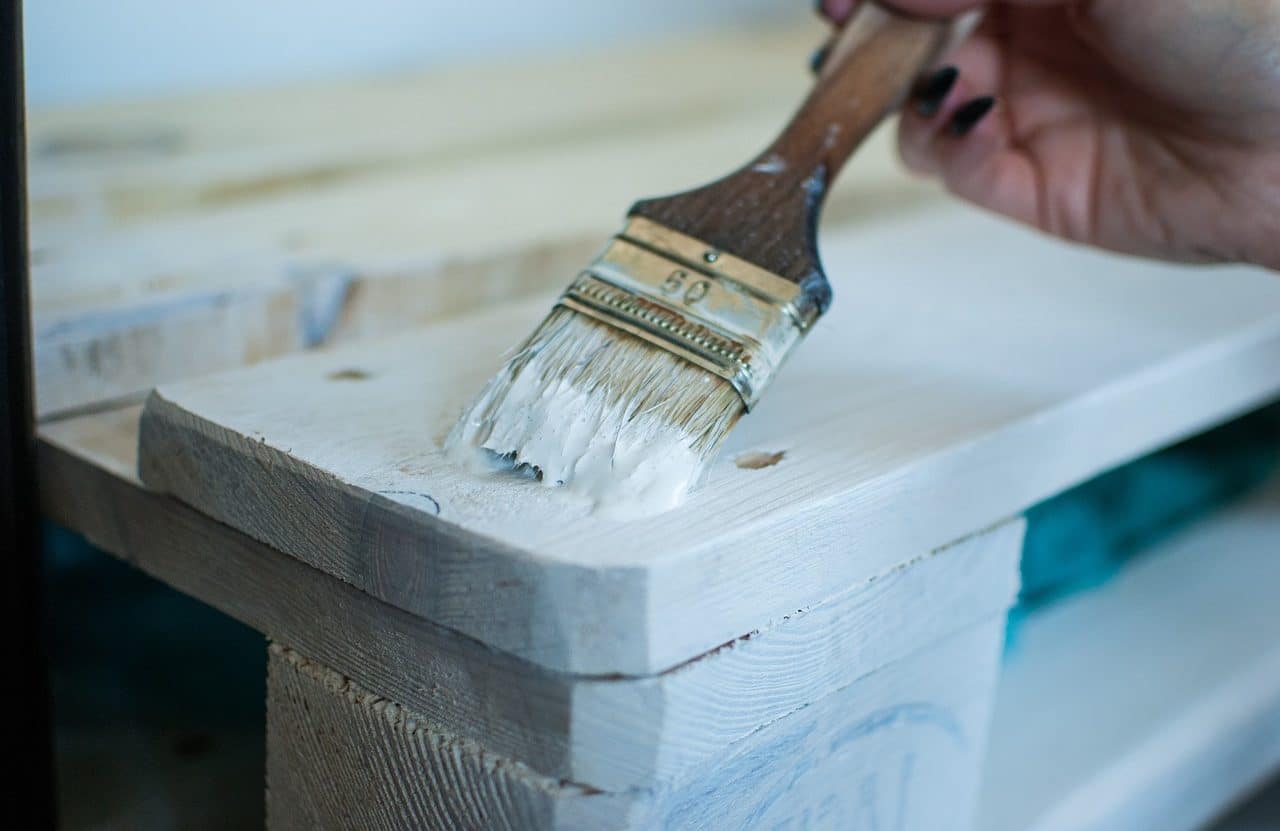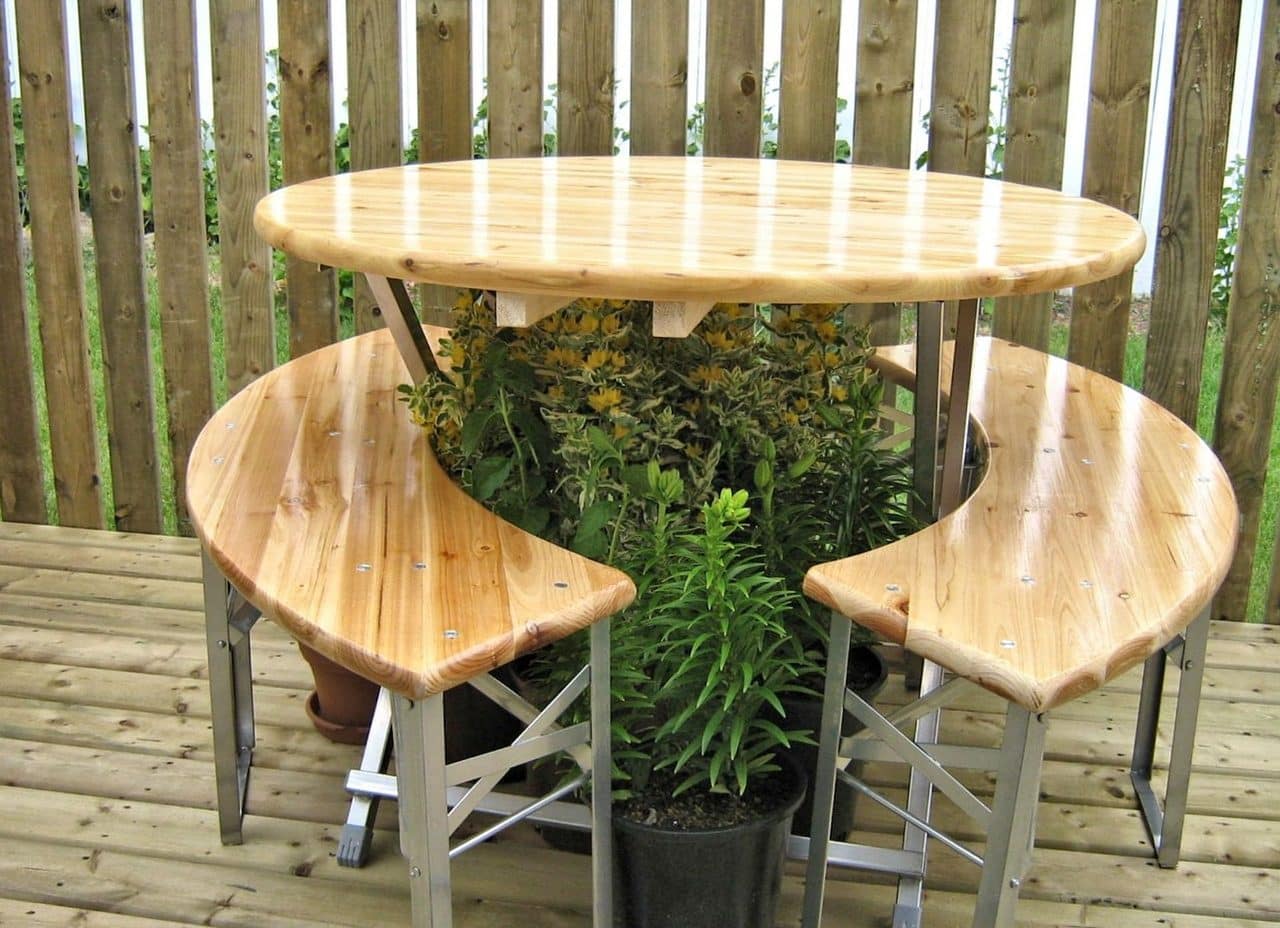
The dissolution of one or more resins or oily substances in a liquid is called varnish.
A varnish is a solution of one or more resins or oily substances in a liquid that, when in contact with air, dries or volatilizes. The term came to our language derived from the word berniz , in turn coming from the low Latin veronix (which comes from the name of an Egyptian city).
Although its historical origin is not clear, it is known that varnishes were used by the ancient Greeks to protect the wood of their boats. Also in Ancient Egypt, varnishes were used to decorate tombs.
Varnish characteristics
Varnish, in general, is usually applied to different elements to protect them from damage caused by external agents such as sun rays and humidity . In addition to improving resistance, varnishes are also used to beautify surfaces .
There are synthetic varnishes and varnishes that originate from elements of nature . It is important to note that it is possible to mix these substances with dyes to alter their color .
Once the varnish dries, it becomes a kind of film that covers the surface . The varnish, in this way, acts as a thin layer that provides protection to the varnished.

When the varnish dries, it turns into a film that covers the surface.
Its use in DIY
DIY lovers face a large number of challenges and techniques to restore damaged objects, turn waste into household items and even imitate exclusive designs with very little money. Among all the activities they carry out, varnishing is one of the most common, and it is usually practiced on wood, both to revive old furniture and to give a more impressive finish to almost any product.
We should not underestimate the renewing effect that varnish has on objects , especially wooden ones, since this material usually looks quite opaque if it is not worked in any way. As in any case, it is not enough to buy a can of varnish and apply it to a piece of furniture, but it is necessary to learn certain tricks and become familiar with the different aspects of the process.
Varnish application
One of the first points to take into account before varnishing is knowing the characteristics of the surface, since only then can we buy the right type of varnish for it. In the particular case of wood, given that it can be a very porous material, it sometimes becomes necessary to apply several layers of varnish.
In addition to knowing the type of wood to buy the corresponding varnish, it is important to have a work space of adequate dimensions, preferably if it is isolated from all those products that we want to protect from stains and falls, such as appliances, curtains and carpets. .
In this context comes the need for adequate ventilation, since inhalation of varnish - even if it is not indirect - can lead to poisoning. On the other hand, it is advisable to have a structure on which to support the object to be varnished to avoid bad posture.
If the wood is worn, had already been varnished or is not completely clean, we must sand it and remove the dust before applying any product . Regarding the varnishing brush, a large, flat one is recommended to cover large surfaces, in combination with a small one for edges and hard-to-reach parts.
A substance for porcelain, earthenware and clay
Varnish, on the other hand, is the name given to the solution used to bathe porcelain , earthenware and clay when they are raw so that later, with firing, it vitrifies, waterproofs the piece and acquires a shiny finish.
These varnishes are also resinous and leave a very thin film on the objects to which they are applied.
